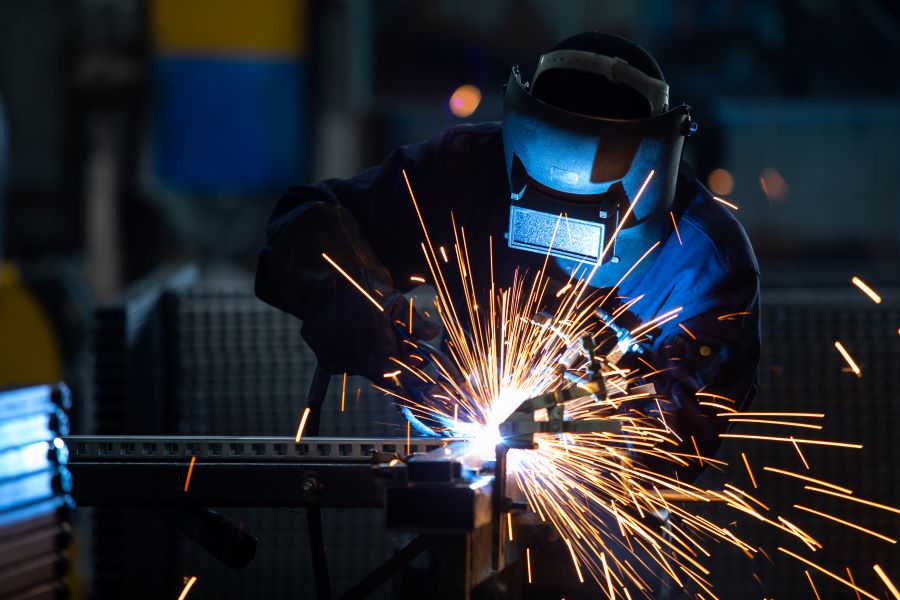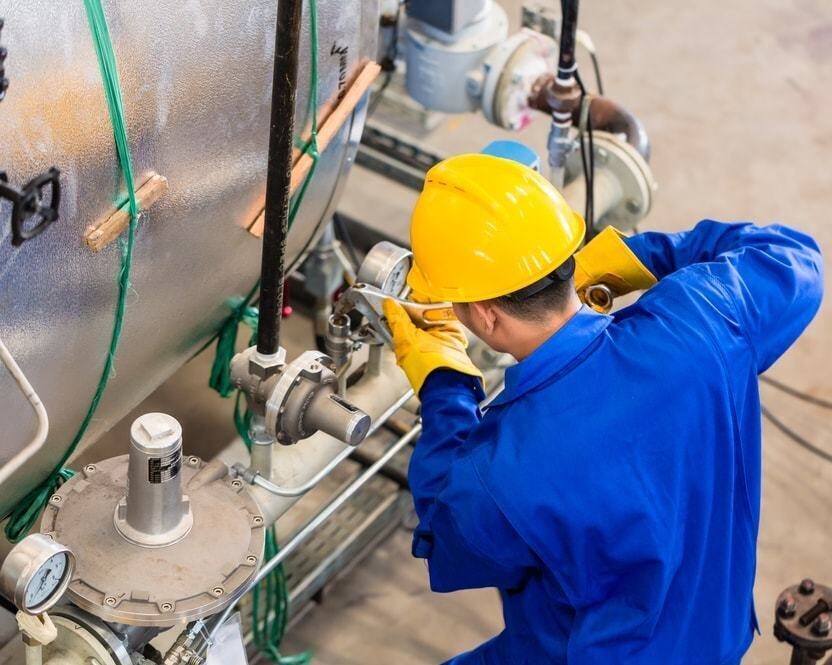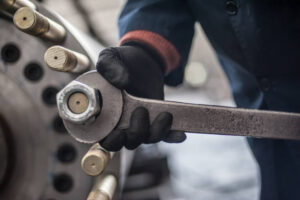10 Fascinating Facts About Welding You Probably Didn’t Know
Welding, a critical process in the construction and manufacturing industries, melds materials together with heat, pressure, or both. Beyond its industrial importance, welding is full of intriguing aspects that span history, technology, and science.
the process of joining metals is a critical component that ensures the integrity and strength of various structures and machinery. This technique involves using heat, pressure, or a combination of both to fuse metal parts together, creating a strong bond that can withstand significant stress and wear. The expertise required for this process spans various industries, from construction and manufacturing to aerospace and automotive sectors. Skilled professionals in this field are adept at selecting the appropriate methods and materials to achieve optimal results, ensuring that each joint is reliable and meets stringent safety standards.
Here are ten interesting welding facts that showcase the uniqueness and evolution of this essential craft.
1. Ancient Beginnings
welding dates back to the Bronze Age, around 3500 B.C., when gold boxes were made by pressure welding lap joints together. This ancient technique highlights the long-standing human need to join materials for both functional and decorative purposes.
During the Middle Ages, blacksmiths refined these techniques, using hammers and forges to create strong bonds in iron and steel, essential for tools and weapons. The Industrial Revolution marked a significant leap with the advent of new methods powered by electricity and gas, enabling more precise and stronger joints. In the 20th century, advancements accelerated with the development of arc and resistance techniques, which became crucial in shipbuilding, automotive, and aerospace industries. Today, this essential craft continues to evolve with innovations like laser and electron beam methods, pushing the boundaries of what is possible in metal fabrication and construction.
2. Underwater Welds
Developed in the early 20th century, underwater welding allows for the repair of ships, pipelines, and offshore platforms. This type of welding, known as hyperbaric welding, can be performed wet in the water or dry within a specially constructed positive pressure enclosure.
Underwater metal joining is a specialized technique used to repair and maintain structures submerged in water, such as ship hulls, pipelines, and offshore oil platforms. This process involves divers who are trained to work in challenging conditions, using tools that can create strong, durable bonds even in the presence of water. The method requires a deep understanding of both metalwork and diving, as it combines the complexities of operating heavy machinery with the need for precise execution in a submerged environment. By enabling repairs and constructions to be carried out without the need for dry docks or removal from the water, this technique plays a crucial role in maritime and offshore industries, ensuring the longevity and safety of critical underwater structures.
3. Joining Metals in Space
Welding isn’t confined to Earth; it has also been performed in space. The first welding experiments in space were conducted by Soviet cosmonauts in the 1960s, proving that welding could be achieved in zero gravity, opening the door for the construction and repair of space structures.
Joining metals in space is a highly specialized technique essential for constructing and maintaining spacecraft and space stations. In the microgravity environment, traditional methods used on Earth are adapted to work effectively, ensuring that metal components are securely bonded to withstand the harsh conditions of space. This process is crucial for assembling large structures, repairing damage, and extending the lifespan of space equipment. Astronauts trained in these techniques can perform necessary repairs during missions, ensuring the safety and functionality of space habitats and vehicles. The development of these methods has been pivotal in enabling long-term human presence and exploration beyond our planet.
4. Welding in World War II
Welding played a crucial role in World War II, significantly speeding up the production of military equipment and vehicles. Rosie the Riveter, a cultural icon, represents the women who worked in factories and shipyards, many of whom were welders. This method allowed for faster and more efficient assembly compared to traditional riveting, significantly accelerating the construction process of war machinery. The ability to create strong, durable bonds in metal structures ensured that military equipment could withstand the rigors of combat. The widespread adoption of this technique contributed to the rapid scale-up of production capabilities, which was essential for meeting the high demands of wartime manufacturing.
5. Building the Tallest Buildings
Many of the world’s tallest skyscrapers, including the Burj Khalifa, rely heavily on welding for their structural integrity. Advanced welding techniques allow for the creation of strong, yet lightweight structures capable of reaching incredible heights.
6. Welding Without Flames
Not all welding involves flames. Cold welding, a process discovered in the 1940s, joins materials together in a vacuum without heat. This method is particularly useful in aerospace and electronics for welding materials that might otherwise degrade through traditional welding techniques.

7. Artistic Welding
Welding is not just for industrial purposes; it’s also an art form. Many artists use welding to create sculptures and other art pieces. The medium allows for the creation of intricate and durable works that can withstand the elements when displayed outdoors.
8. The Lincoln Memorial Connection
One of the most famous names in welding, Lincoln Electric, has a connection to the Lincoln Memorial. The bronze statue of Abraham Lincoln inside the memorial was constructed using Lincoln Electric’s welding rods in the 1920s.
Created by sculptor Daniel Chester French and cast by the Piccirilli Brothers, the statue required meticulous work to join its various bronze sections seamlessly. The artisans used techniques to fuse these pieces together, ensuring the statue’s structural integrity and smooth, cohesive appearance. This method allowed the creation of a massive, yet detailed and lifelike representation of Lincoln, which stands as a central feature of the memorial, symbolizing strength and unity. The statue’s construction showcases the skill and precision involved in metalworking, contributing to its enduring presence and significance.
9. The Importance of Welding in Vehicles
The average car is made up of about 5,000 welded spots. This fact underscores the critical role that welding plays in the automotive industry, ensuring vehicles are safe, durable, and reliable.
In vehicle manufacturing, the process of joining metal components is crucial for ensuring the structural integrity and safety of the final product. Techniques such as MIG and TIG are commonly used to fuse parts of the chassis, frame, and body panels, creating strong, durable bonds that can withstand the stresses of daily use and accidents. This method allows for the precise assembly of various materials, including steel and aluminum, which are essential for constructing lightweight yet robust vehicles. Advanced robotic systems often carry out these tasks in modern automotive factories, ensuring consistency and efficiency in mass production while maintaining high safety standards.
10. Welding Can Be Green
Welding technology is constantly evolving, with newer methods focusing on energy efficiency and reducing environmental impact. Innovations in welding processes and materials aim to make welding a more sustainable practice, aligning with global efforts to protect the environment.
Welding is a fascinating field that merges history, science, and technology in ways that impact our daily lives and the global economy. These ten facts barely scratch the surface of this complex and essential craft, highlighting the innovation and skill that define the world of welding.
At Bullet Trade Services, we pride ourselves on providing top-tier metal joining services that cater to a wide range of industrial needs. Our team of certified experts is equipped with advanced tools and techniques to handle projects of any scale and complexity. By continuously investing in training and technology, we ensure that our professionals stay at the forefront of the industry. Whether it’s creating custom fabrications, repairing critical infrastructure, or contributing to large-scale industrial installations, our commitment to quality and precision sets us apart as leaders in this essential field.
If you’re in need of a welder using the latest modern techniques, Bullet Trade Services has you covered! This article is a testament to our ongoing education on the history, current cutting edge technology, and future of welding. Are you looking for a welder? Contact us!


